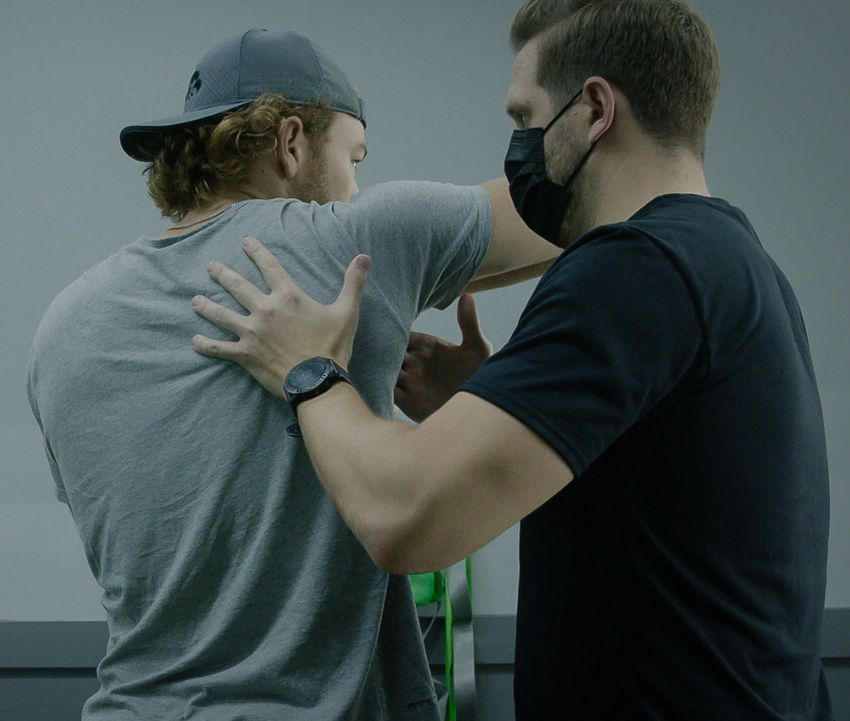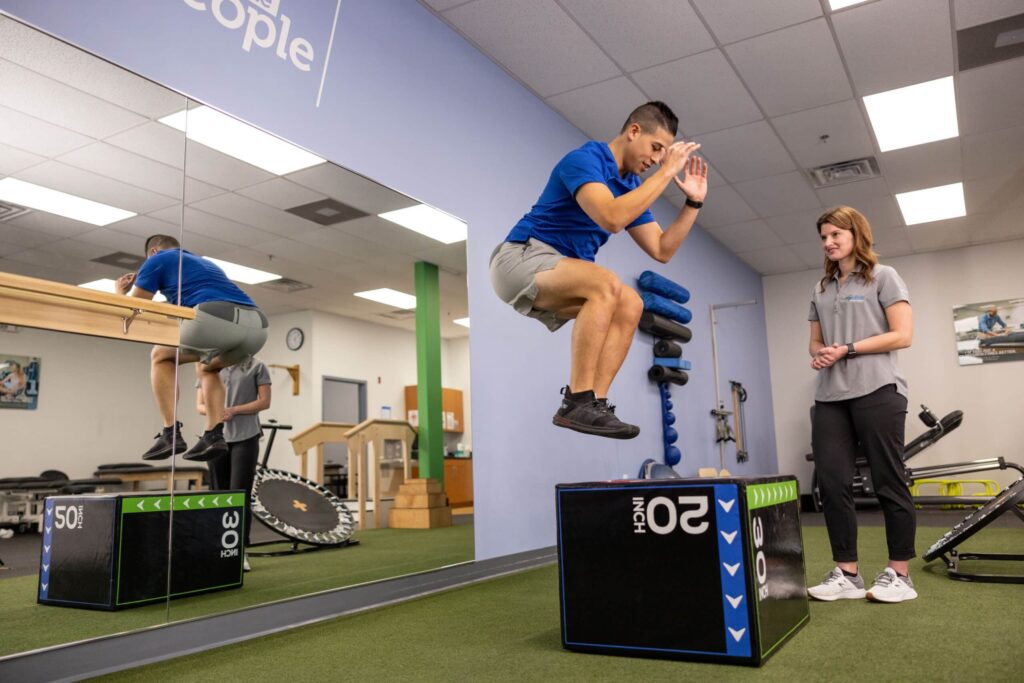RESET ∙ RESTORE ∙ REVIVE
Treat, prevent, and take control of your aches, pains, or injuries with Houston's leader in myofascial and movement therapy. Our licensed therapists tailor personalized treatment plans to Reset, Restore and Revive your body.
Modernized physical therapy curated intentionally to help you avoid costly injections, medications, and procedures. Get back to living life on your terms.

Pre/Post-Operative Care
Personalized care plans to optimize surgical outcomes and facilitate a smooth recovery process.
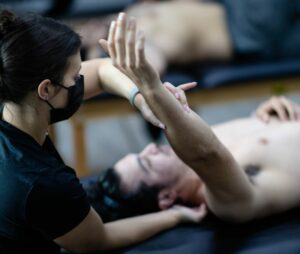
Rehabilitation
Comprehensive rehabilitation programs to aid in recovery from injuries and surgeries.
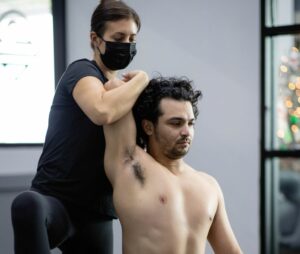
Injury Prevention
Proactive strategies to minimize the risk of injuries and optimize physical well-being.
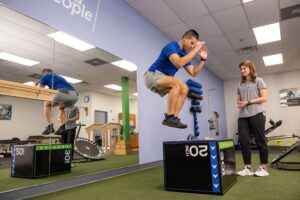
Sports Performance Enhancement
Elevate your game with our specialized programs designed to enhance athletic performance and prevent injuries.
Expert Therapists That Understand Your Needs.
Our therapists are licensed health care professionals who can diagnose what your body is telling you and provide treatment to help reduce pain, correct posture, decrease tension, and improve the way
you move.




